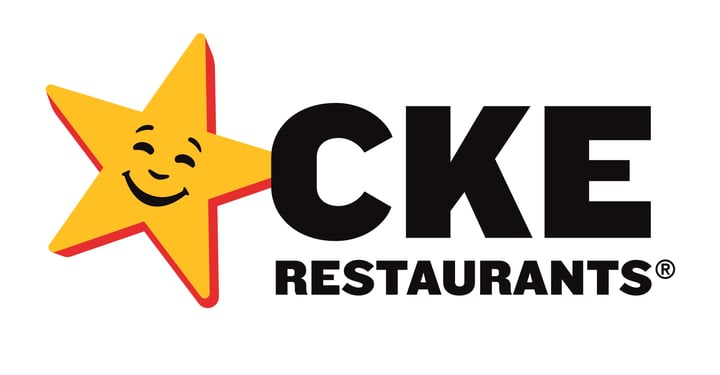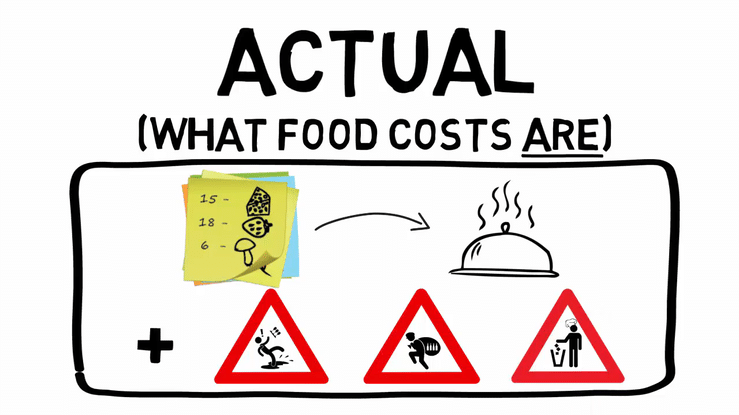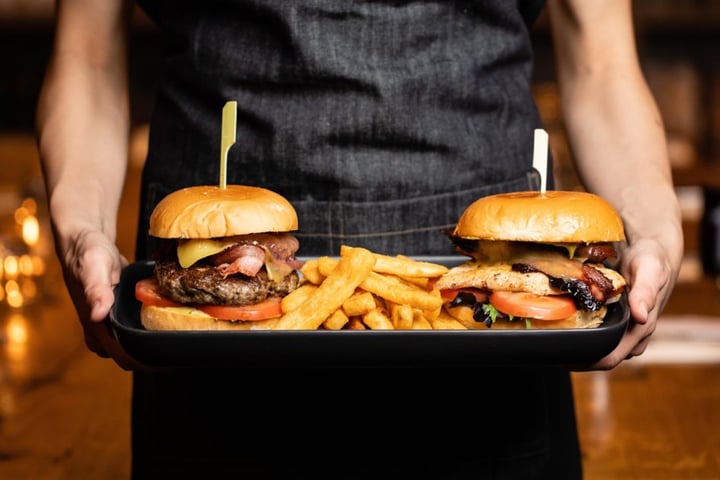
- Home
- Crunchtime Blog
- 6 Inventory Management Tips from Leading Restaurant Brands
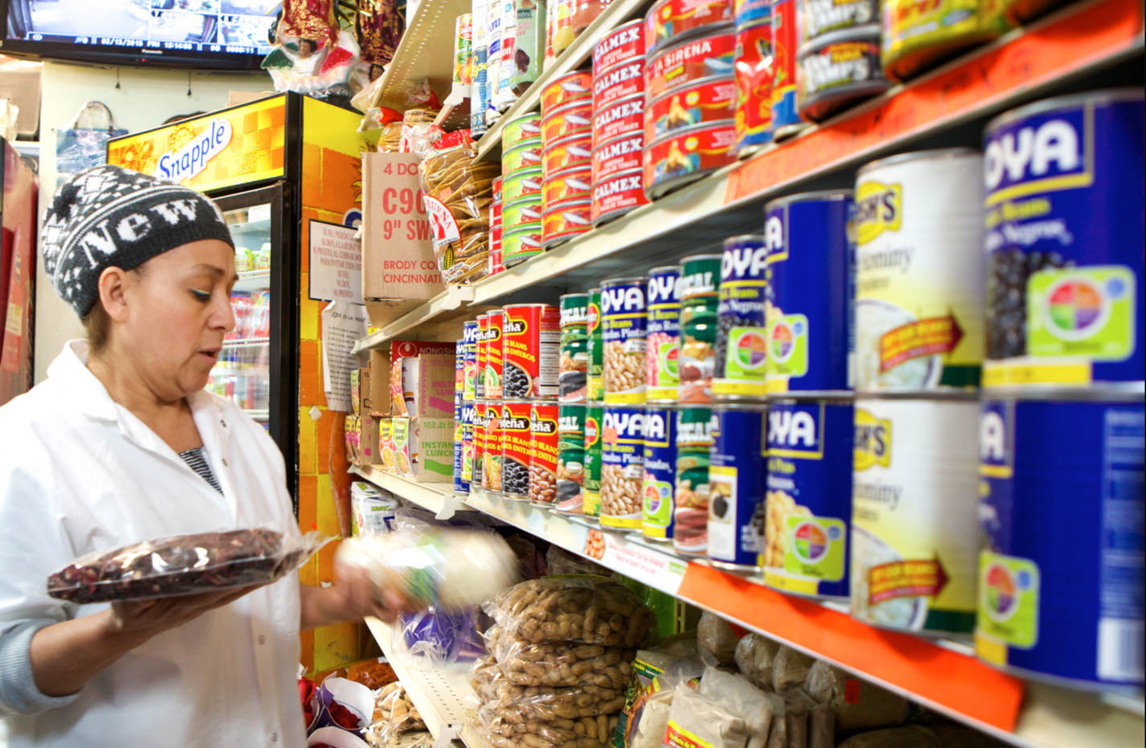
6 Inventory Management Tips from Leading Restaurant Brands
Inventory is often an area full of sneaky profit leaks for many multi-unit restaurants, which is why even the most seasoned restaurant operators are rethinking how they approach inventory — from counting, to reviews, to ordering and everything in between.
As food and labor prices continue to rise, finding ways to reduce costs is more important than ever. Most operators know there are cost issues but have a hard time finding the source of the problem:
- Are employees over-portioning food?
- Are vendors delivering the right product at the right price?
- Are there pricey items that can be removed from the menu?
Inventory management provides the answers to these questions by tracking food costs and P&L, and ultimately keeping customers happy while protecting profits. We’ve compiled six tips and best practices from leading restaurant brands to help you refine your inventory strategies.
1. Count inventory weekly
Counting inventory on a weekly basis is one of the fastest ways restaurants can take back control of their inventory process. Oftentimes, restaurants will count inventory on a monthly basis, assuming this is the most efficient use of their time. However, as more time passes between each count, it can become increasingly unmanageable, and the counts become filled with discrepancies. Regular counts are the key to more consistent results.
Accurate inventory counts are also foundational to understanding your actual costs. Weekly counts can help reveal where you could be losing product, or if a vendor order is missing.
Without accurate counts, it is also impossible to truly understand your actual food costs. Most restaurants find that moving to a one-hour inventory count each week greatly reduces inconsistencies and errors.
Regarding the switch to weekly inventory counts, Jay Wilson, Vice President of Technology for Cypress Five Star (a multi-national operator of Blaze Pizza and Five Guys), said, “We were doing inventory for four hours, one Sunday, once a month. Then we took the same four hours and broke them up into one hour each week — and the results were immediate.”

2. Use a counting app
Traditional tools like Excel spreadsheets, or even pen and paper, leave much to be desired for restaurant managers. Not only are they time-consuming and prone to human error, but they also don’t provide real-time visibility.
The good news is that counting inventory doesn't have to drain all your time. By counting with an app that connects to your automated inventory system, management can stay constantly informed and find opportunities to lower food costs. Using a smartphone or tablet, you can instantly enter inventory into the system — no pen and paper required. Inventory can even be done as a team, assigning different employees to different storage areas. To make counting even easier and more accurate, Crunchtime offers a mobile counting app with a barcode scanner.
“We have both food, beverage as well as retail products. We've been very dedicated and committed to the [Crunchtime] Counter App for a little over four years now.” — Jessica Pope, F&B Inventory Systems Manager, Topgolf
3. Sequence your inventory from shelf to sheet
Sequencing inventory is a simple, yet often overlooked practice that can dramatically shave time off your counts. While it is common for restaurants to count inventory alphabetically, most storage spaces, like walk-in freezers, are not organized alphabetically. So unless you store your chicken next to your cannoli, this method is much less intuitive and greatly increases the time it takes to count.
Instead, inventory should be sequenced by its exact location, and your count sheet should be aligned accordingly. This will allow you to count larger areas faster, and you’ll also quickly notice if something is out of place.
4. Prioritize your inventory review
For many restaurants, inventory review is a monthly headache. As a retrospective process that can involve many players, restaurant operators should prioritize making this process as efficient as possible.
Regular inventory counts are the fastest way to shave time off your inventory review, because they allow you to identify discrepancies in real-time and course-correct before the end of the month. For example, a manager could identify a lower count of an item which indicates that a recipe is not being prepared correctly.
Jessica Pope, F&B Inventory Systems Manager at Topgolf, explained how their company dramatically cut the amount of time spent on inventory review using the Crunchtime platform. “The problem we faced was inventory review and having to walk our team through why their inventory is skewed. We’d go back to review the daily prep, then make any kind of corrections to that daily prep for fat fingers. That is where we saw a huge decrease in the inventory review time and the number of calls my team received. And as a result, this saves us thousands of hours across stores annually.”
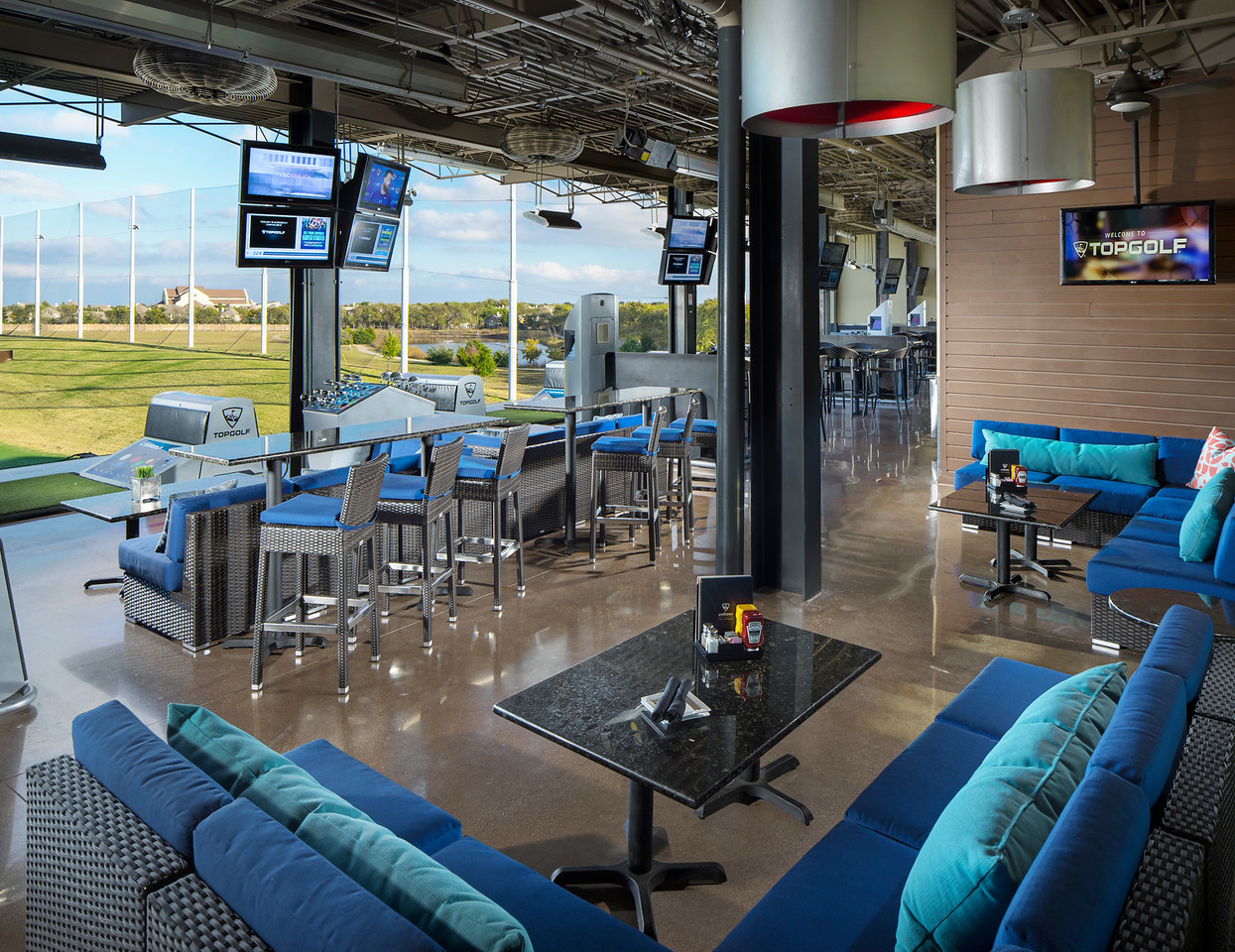
5. Get clear on your performance metrics
Understanding metrics like actual vs. theoretical food cost variance (AvT) can be daunting, especially for restaurants that use manual inventory. However, having a clear understanding of these values is one of the most powerful tools successful restaurants use to add significant dollars to their bottom line.
Luckily, understanding your restaurant’s AvT doesn’t have to be difficult when best practices are implemented in conjunction with an automated inventory system. With the right controls in place for each of these areas, measuring AvT is straightforward, and restaurants can easily troubleshoot issues with food costs in real-time. Platforms like Crunchtime are designed to help restaurants dramatically improve the accuracy of their counts, invoices, recipes, production, and waste tracking.
“Our biggest goal and focus with the Crunchtime platform is closing the gap on AvT and using it as a tool to give back time to our operators.” —Jessica Pope, F&B Inventory Systems Manager, Topgolf
6. Automate tasks to save time
Automating tasks through your inventory platform is one of the easiest ways to save time, streamline the flow of information and reduce errors across all store locations. From ordering, to reviewing, to forecasting, a well-designed inventory management platform should automate a variety of tasks to help you manage data more efficiently and reduce the total amount of time spent on inventory.
For example, Crunchtime’s auto-reconciler app saves our customers time by automating the reconciliation process and allowing them to quickly receive and process vendor goods at the point of delivery.
Through Crunchtime’s reconciler mobile app, users can quickly scan barcodes of newly delivered items and automatically update their inventory counts in their back-of-house system. Users can even attach photos of any damaged goods or leave feedback for vendors.
Auto-posting inventory is another timesaving feature in Crunchtime that transforms how accounting teams interact with their stores. Auto-posting automatically posts inventory at a time selected by the system administrator. This eliminates the need for manual posting and ensures the data is always available for other applications and processes that need this data in a timely manner.
Adam Yeager is the Cost Control Manager for Fox Restaurant Concepts (operators of casual dining brands including Zinburger, Flower Child, Culinary Dropout, Blanco, and The Henry), and he explained the impact of implementing auto-posting at his organization. “We set up auto-post (in Crunchtime) and it automatically pulls and posts all of our inventories so that Accounts Payable can go in and grab their invoices. And then the stores, if needed, can make edits up until three o'clock. It saved us an immense amount of time not having to post and post and post all 65 locations every single time.”
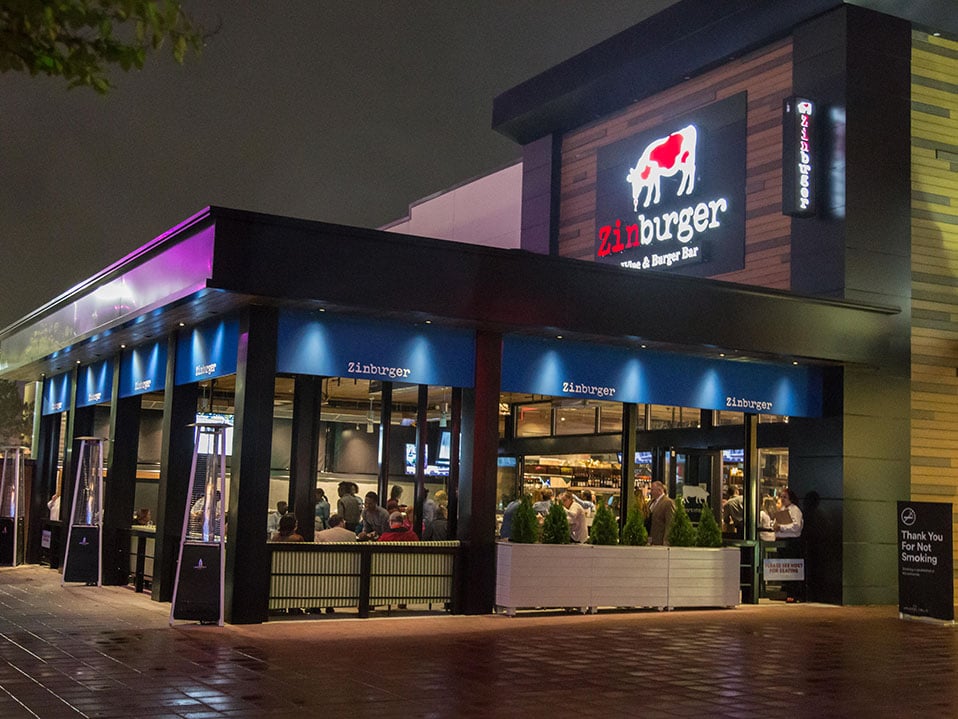
With the right tools in place, restaurant operators can transform their approach to inventory and dramatically reduce the time and resources needed to effectively and efficiently control their food costs and deliver a great guest experience. For more information on how Crunchtime can help you better understand your food cost variances and improve your bottom line, download our Actual vs. Theoretical Food Cost eBook.
Share this post
Related

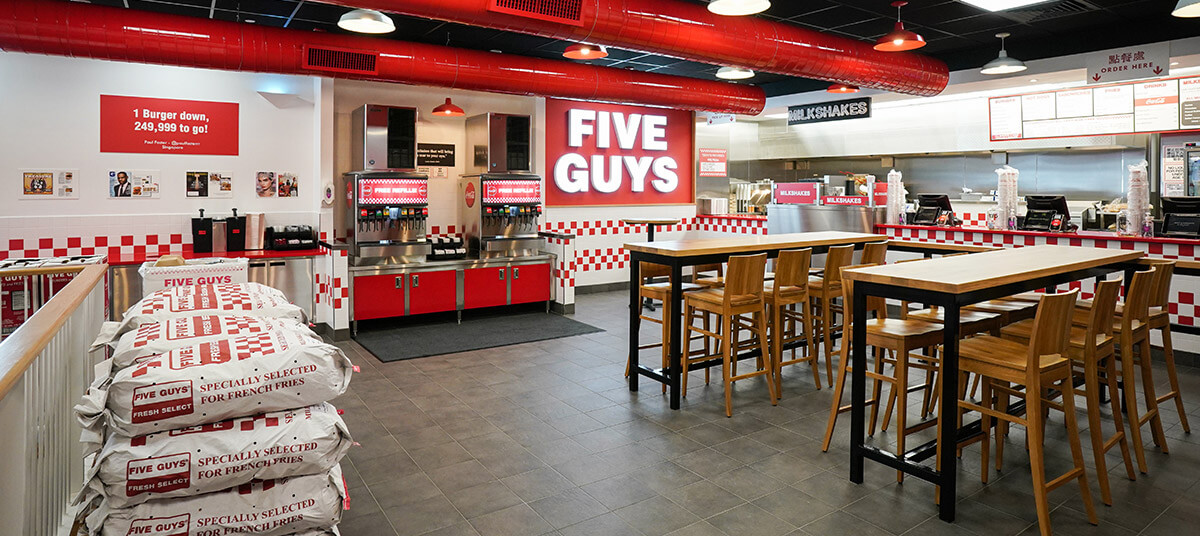
Operations Leader Spotlight: Josh Murrel, Five Guys
